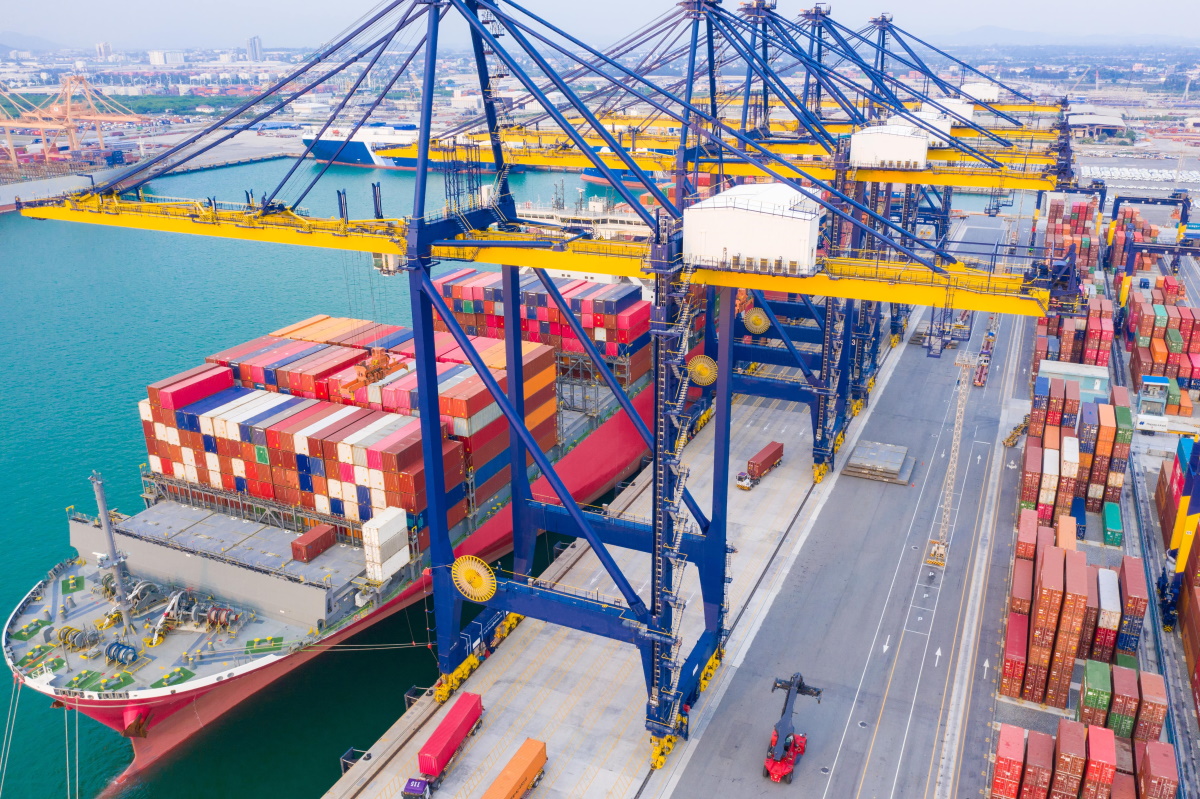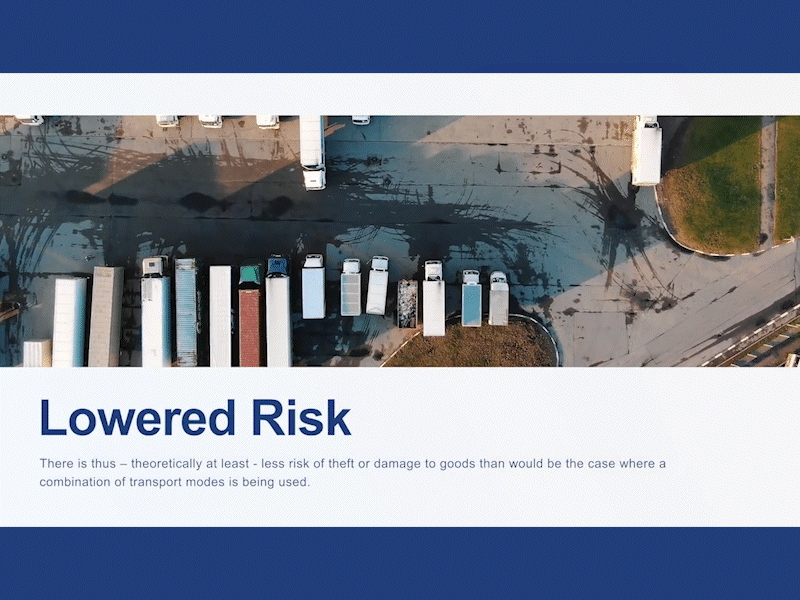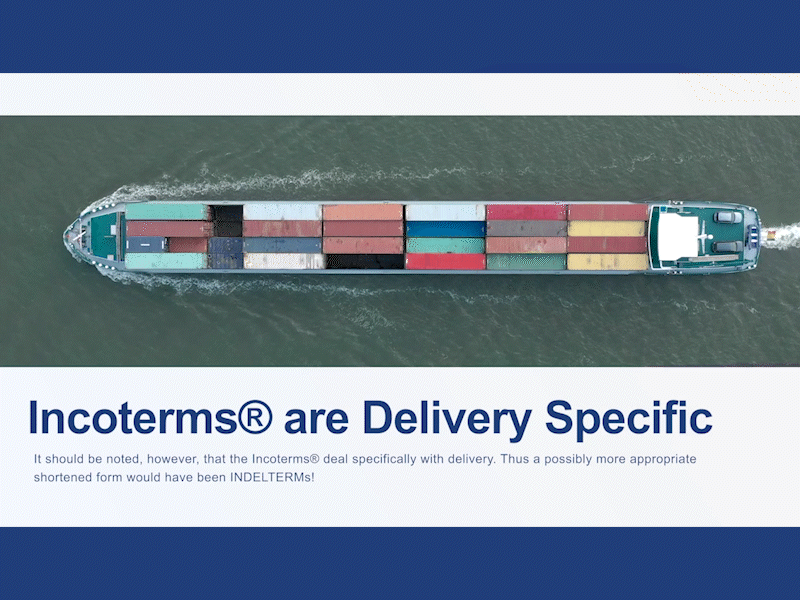Course 4: Customs Affairs
Module 1: The Harmonised System of Nomenclature (HS)
Module Rating
Module 1 of 4
~35 minutes
3 Topics
Multiple Assessments

This is the first free module of a comprehensive course covering customs affairs. In this module, we will acquaint you with the intricacies of customs affairs. We’ll delve into the inception and objectives of product classification. We will examine the framework of the Harmonised System (HS) and delve into the importance of Section and Chapter notes. Different classifications of Section and Chapter notes will be outlined, and their distinctions highlighted. Furthermore, we will distinguish among the diverse methods of product classification, which are guided by the six general Rules for the Interpretation of the HS. Finally, we will address the correct procedure for classifying a wide range of products up to six digits within the HS. Click the icon below to get started on this free module.
Who is this Module for?
Businesses & Organisations
Looking to potentially expand their products into foreign markets
Governmental Organisations
That help facilitate or consult businesses on international trade
Entrepreneurs & Individuals
looking to start trading in foreign markets
Trade Consultants
Looking to stay up-to-date with most current export information
Individuals & Students
Who want to learn more about the export landscape, particularly in the Southern African region
The Harmonised System (HS) serves as a globally recognised product classification system, holding a crucial role in facilitating the smooth exportation of goods. Frequently, erroneous product classification leads to disagreements with Customs authorities, causing delays in the clearance of goods at border checkpoints and incurring avoidable fines. Conversely, you might find yourself paying excessive customs duties. This module’s primary objective is to equip you with the necessary expertise to accurately classify your products under the HS and adhere to its guidelines.
This module will also provide a comprehensive exploration of the process of product classification within the framework of the Harmonised System (HS). We will delve into the intricacies of categorising various goods according to their characteristics, components, and intended use, all while following the General Rules of Interpretation. Understanding the HS system is essential for anyone involved in international trade, as it forms the backbone of customs and trade regulations worldwide. Whether you’re a manufacturer, importer, exporter, customs officer, or trade professional, a solid grasp of HS classification is paramount.
Following on, we will break down the HS system step by step, emphasising the importance of accuracy in classification. You will learn how to decipher the structure of the HS code, including sections, chapters, subheadings, and codes for specific products. We will delve into the significance of Section and Chapter notes, which provide crucial guidance for classifying certain goods.
Furthermore, we will explore the application of the General Rules of Interpretation (GRI), which are fundamental principles guiding the correct assignment of HS codes. These rules help you navigate the complexities of classification by considering aspects such as essential characteristics, component materials, and intended use of the products.
By the end of this module, you will be well-equipped to confidently classify products according to the HS system and apply the General Rules of Interpretation effectively. This knowledge will empower you to ensure compliance with customs regulations, minimise disputes, and optimise your international trade operations.
Understanding the export landscape can be a daunting challenge, for many the starting point is unclear and the way forward clouded by misinformation and dated sources. With this course, we break down and simplify the most basic and essential topics for customs affairs with the most up-to-date and relevant information. Presented in high-definition video, with each topic ending in assessment to ensure the lesson is properly retained.
This free module is part of a comprehensive course and is the most important source of information you need to understand the export landscape. An understanding that is essential to any growing business or industry where the potential for international trade is high. Completing this free module is the first major brick in your foundational knowledge of customs affairs and will form an essential part of your understanding of exports going forward. It is also the perfect segway into our next course covering export financial issues.
Topic 1: The origins, purpose, and structure of the HS
Topic 2: The purpose of Section and Chapter Notes
Topic 3: The General rules for Interpretation of the HS
This is the first module in a series of five to form a comprehensive course covering customs affairs. Every course and subsequent module has been developed and curated by the International Trade Institute of Southern Africa and Trade Forward Southern Africa. The entire training course is free of charge and can be completed by individuals and organisations alike. This module and subsequent course lays an essential foundation for trade internationally. If you know anyone that would be interested, share this module with them using the link below. We would also love your feedback, so drop us a review once you have completed the module.
Export foundation training
In this module we will be exploring the categories of country development and their relevance to International Trade. We will be covering why countries trade with each other and what goods get traded. We also present a case for free trade, barriers to trade and why they matter. This module also covers the importance and impact of specific global bodies on world trade, which are essential avenues for successful exports. To round off the module we will break down the changing exports landscape through the use of regional trading blocs and relevant trade agreements.






